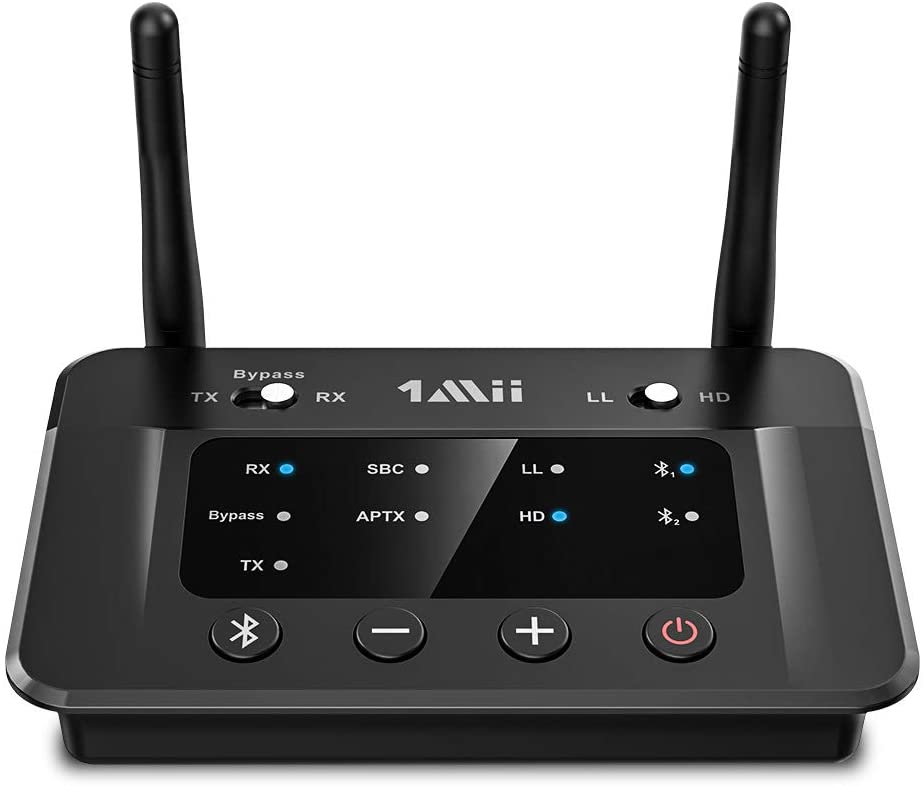Currently I've just been using my internal adapter's Bluetooth with AptX, and when possible, the WiFi I know WiFi can deliver high Fidelity with an internal WiFi card, but what about USB connections using ether a WiFi dongle to sink or Bluetooth aptX USB to sink?
Can a USB connection really deliver hi fidelity, or do you need an internal card?
(My current system is an ITX build, so I have no internal PCI slots available. ITX only comes with one PCIe slot. That's where the video card goes, unless you are using an SoC, which am not.
Can a USB connection really deliver hi fidelity, or do you need an internal card?
(My current system is an ITX build, so I have no internal PCI slots available. ITX only comes with one PCIe slot. That's where the video card goes, unless you are using an SoC, which am not.
![[H]ard|Forum](/styles/hardforum/xenforo/logo_dark.png)

